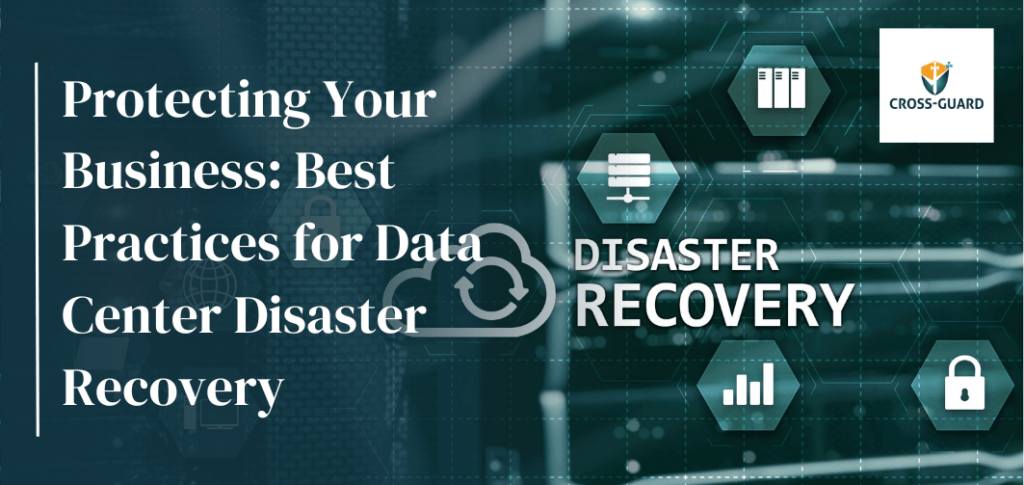Protecting Your Business: Best Practices for Data Center Disaster Recovery

In today’s interconnected world, data centres play a vital role in supporting everything from everyday communication and entertainment services to essential government, education, and healthcare operations. With society increasingly dependent on data centres, it is essential to prioritise their security and seamless operation. Therefore, organisations responsible for digital infrastructure must establish robust disaster recovery plans for data centres to ensure their continuity and resilience.
Despite efforts to minimise data centre downtime by implementing construction best practices and backup systems, operational data centres remain susceptible to unexpected events such as natural disasters, human error, and cyberattacks.
Even though it is not possible to completely avert all disasters, it is vital for organisations to make every effort to get ready for any eventuality. The most effective approach to guarantee that data centres can face the unexpected is by creating a robust data centre disaster recovery plan.
What is a disaster recovery plan?
A disaster recovery plan is a documented process that outlines how a business will recover from a disaster. The plan should include steps to take in the event of a disaster, as well as contact information for key personnel. It is crucial to regularly test your disaster recovery plan to guarantee its effectiveness in a real-life disaster scenario.
Power outages are a major contributing factor to data centre downtime and system failures. These disruptions can lead to substantial financial losses and negatively impact customer trust. Implementing appropriate preventive measures can significantly reduce the risk of human error which is another huge major contributor to data centre downtime. The 2022 Outage Analysis Report from the Uptime Institute revealed that human error is responsible for approximately two-thirds of all outages.
While power usage, structural damage and human error are the cause of many data centre disasters, cyber-attacks are also high on the list of threats to data centres, and these cyber-attacks can be just as expensive.
Understanding the Importance of Disaster Recovery Plans for Data Centers
In light of the various potential operational hazards, it can be argued that a disaster recovery plan is the most crucial preparation step for a data centre emergency. Recent data indicates that businesses are growing more aware of the significance of disaster planning. According to Forrester’s Disaster Recovery Report, nearly 90% of organizations have implemented some form of disaster recovery plan.
While there’s no way to prevent a natural disaster, data centre developers are designing facilities that are considerably more resistant to extreme weather, fire and geographic demands.
Reasons why companies implement a disaster recovery plan?
- Downtime, which refers to the period when critical business functions are unavailable, can result in significant financial loss for businesses. Therefore, reducing the duration of time that these functions are offline is a crucial objective of any disaster recovery plan.
- Ensuring business continuity is essential for any organisation. A disaster recovery plan plays a key role in making sure that vital business functions can continue operating, even in the event of a disaster. This is crucial for maintaining the ability to generate revenue and deliver important services to customers.
- It is crucial for businesses to have a robust disaster recovery plan in place to mitigate the impact of data loss. This plan should focus on minimising the loss of data in the event of a disaster, as data loss can have severe consequences for the operations and continuity of a business.
To minimise downtime and lessen the impact of unexpected events, businesses need to create a robust disaster recovery plan, invest in technical solutions, and put in place strategies for data centre disaster recovery.
SHARE
DOWNLOAD A COPY OF OUR BROCHURE

GET A QUOTE
Get a Quote Form
"*" indicates required fields
